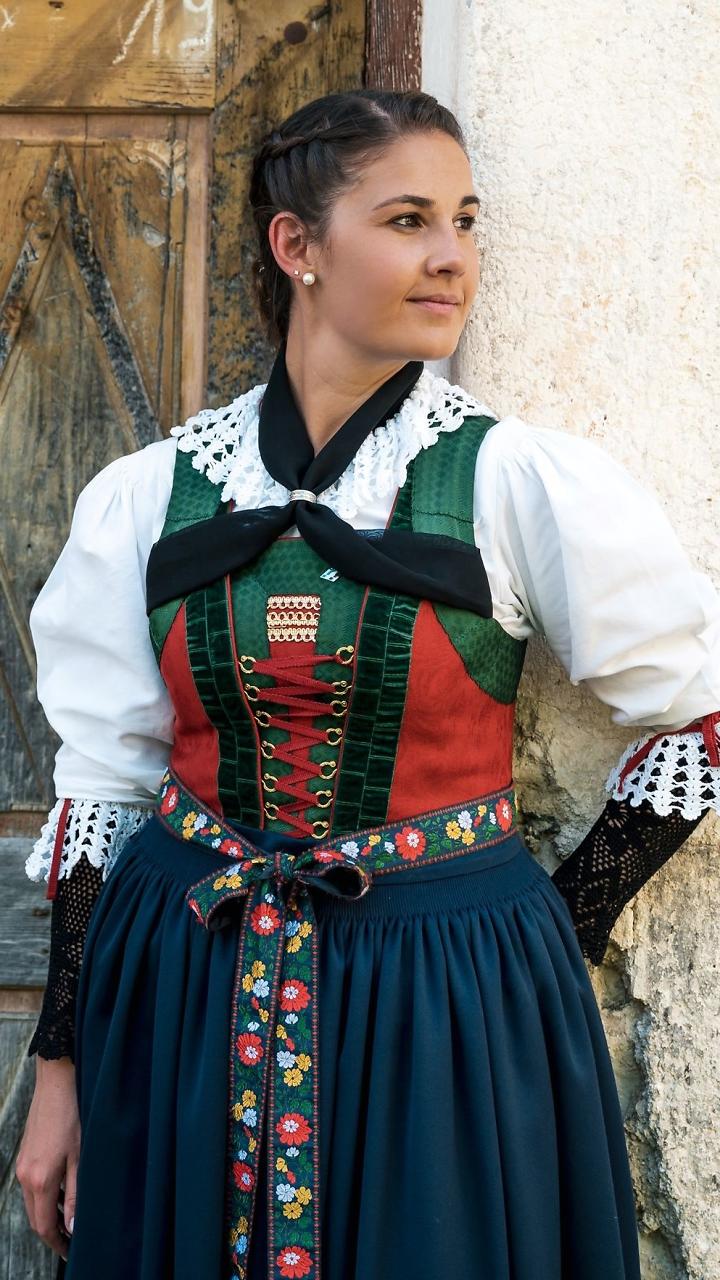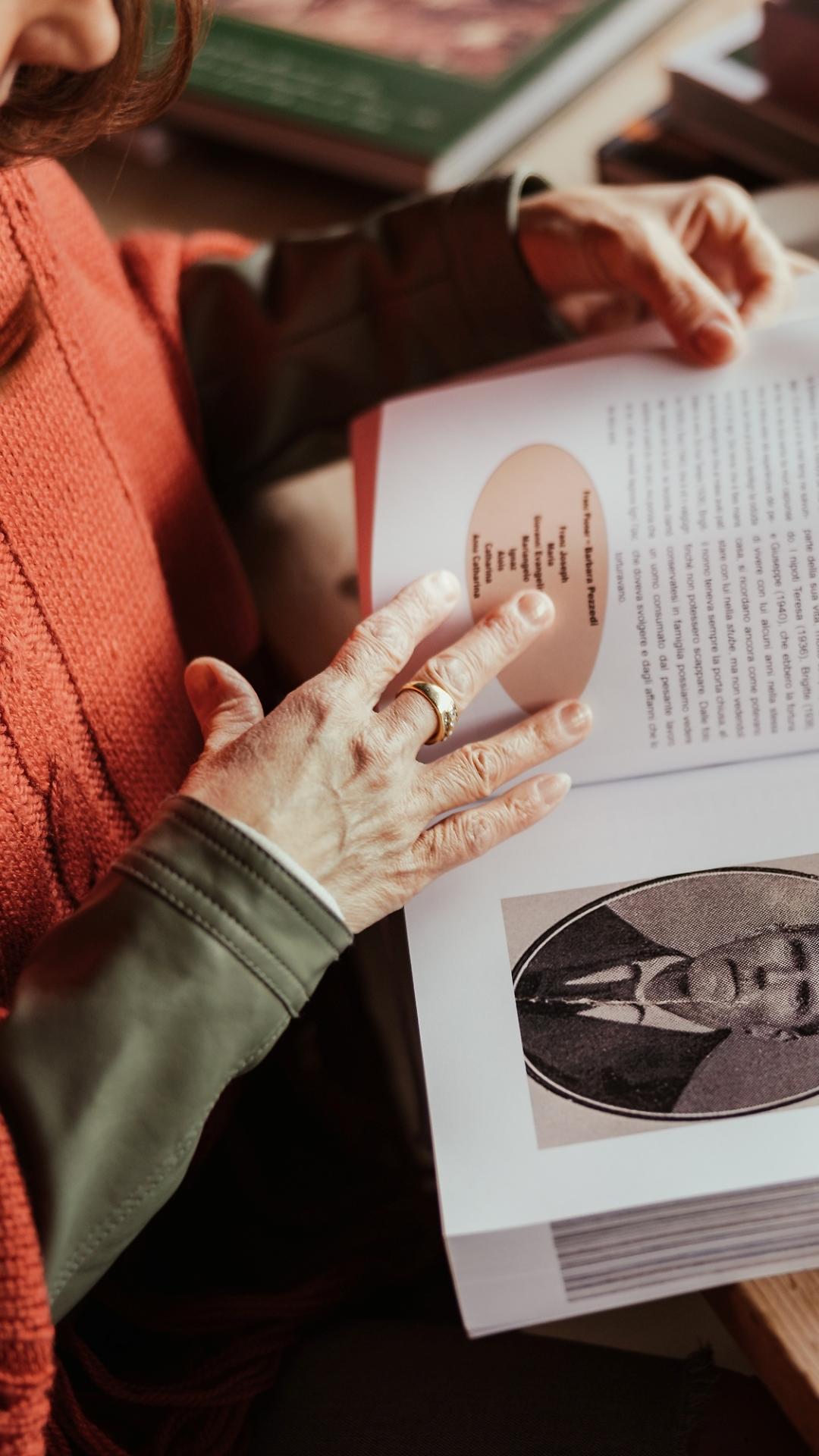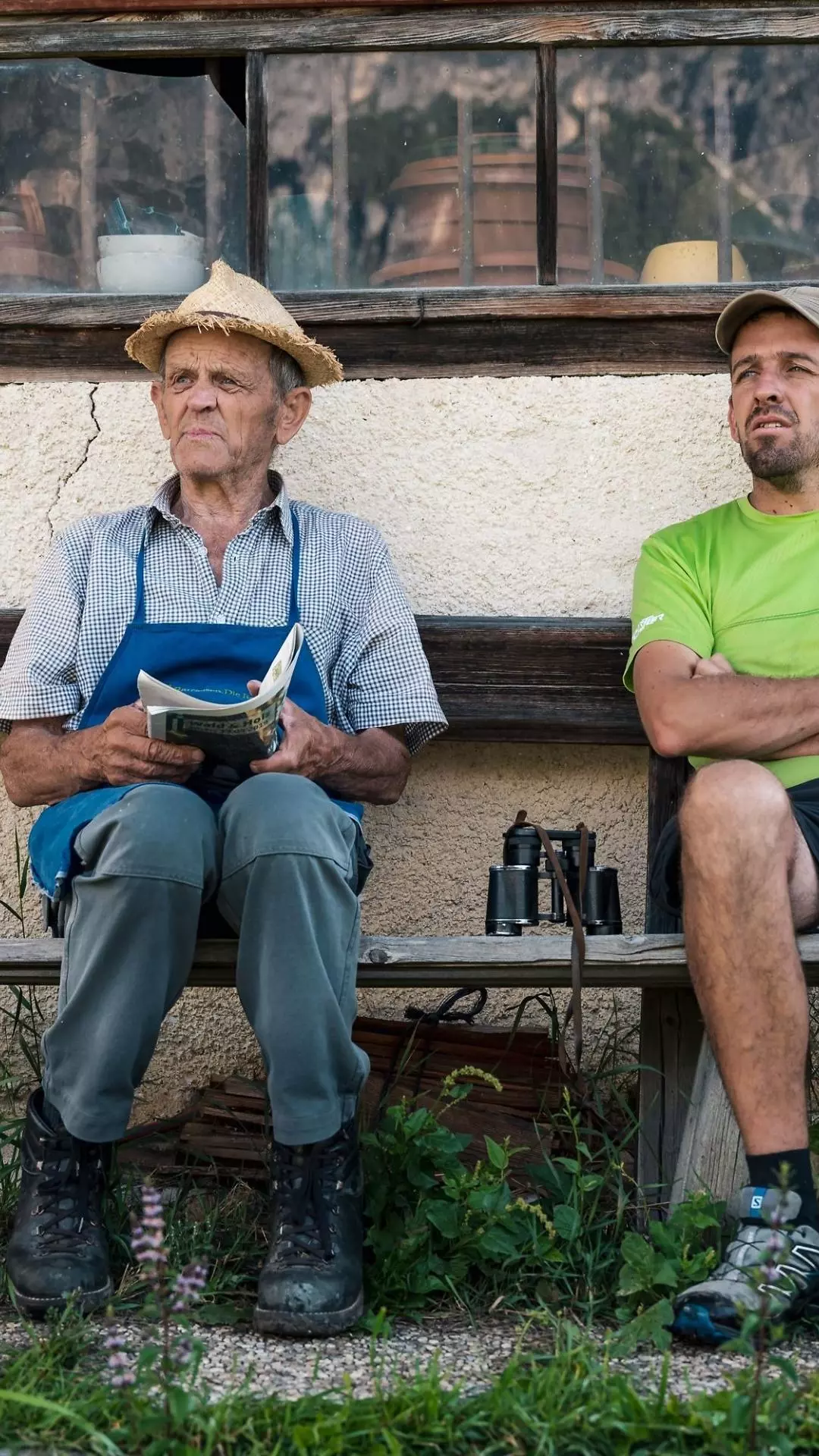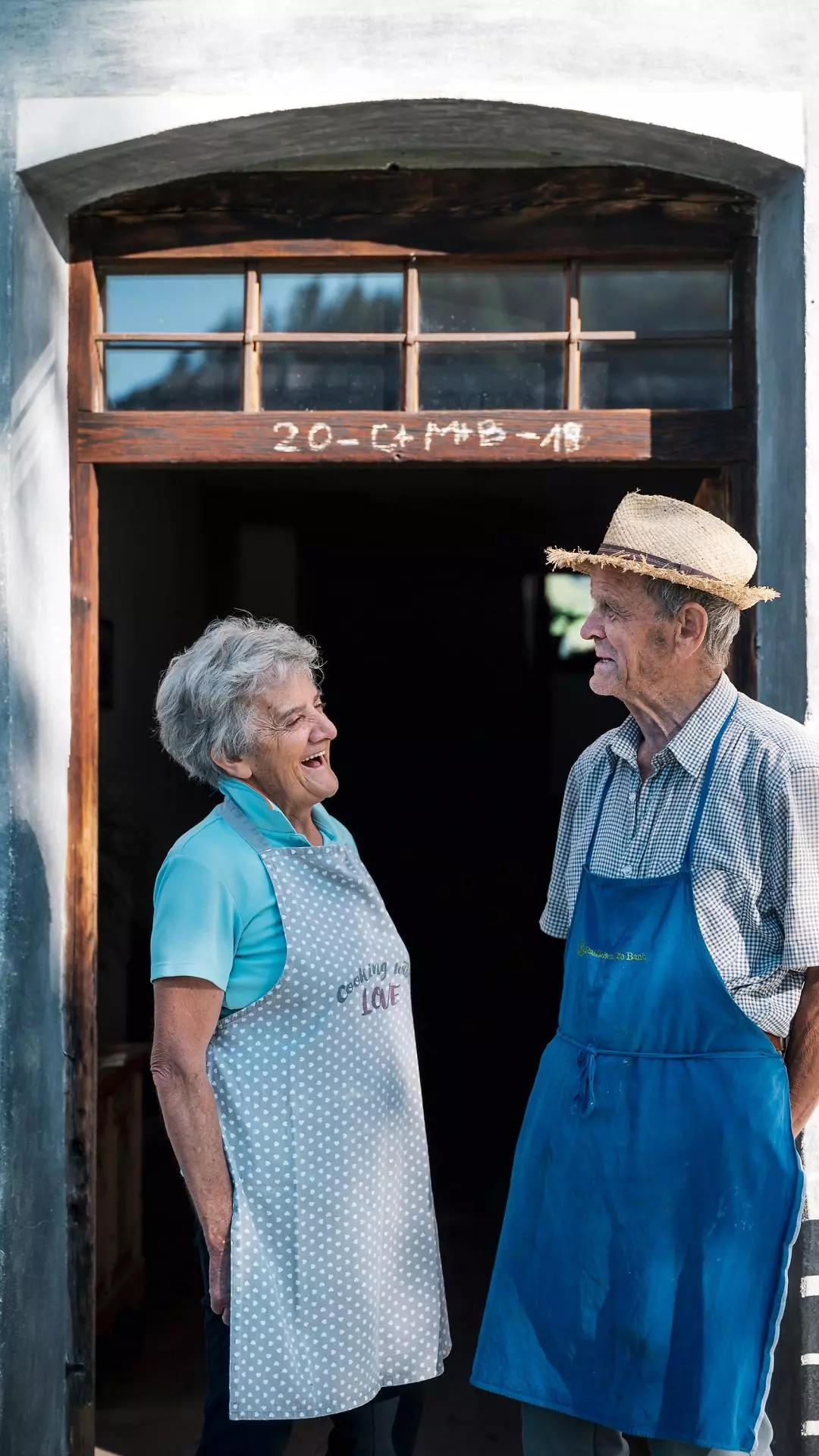- Home
- Ladin
- Ladin culture
- Our culture
Alta Badia, custodian of an age-old Ladin and Alpine culture
Rhaetian and Roman languages intertwined and formed Ladin, idiom of the Dolomites which is still very much present in the Ladin culture.
The first settlements in Alta Badia, as testified by archaeological remains in Sotciastel in Badia, date back to 1700 BC. This is where the Rhaetians of the Dolomites lived. Right in the heart of those mountains that seem to be so far away from everything and everyone. But as history unfolds, the Romans, in their endeavours to expand their empire, eventually reached the territory in which the Rhaetians once resided. Officials, soldiers and merchants mingled with the inhabitants of the Dolomites and, out of the combination of the Rhaetian and Popular Latin, the Ladin dialect was formed - a neo-Latin language akin to Italian, French, Provençal and Catalan, which is spoken to this day by the Ladin people.
Traditions, a fundamental pillar of the future
Folk costumes and rituals, gastronomy and artisanship, legends and religious feasts: when the Ladin people dress up in their traditional clothes, it’s not only to celebrate special moments of community life, but to strengthen the roots of their culture - customs and traditions which are vital for envisioning the near future.
Yesterday, today and tomorrow
Alta Badia has always been one with its landscapes. Witness to this are the viles, authentic strongholds of the Ladin communities. Now more than ever, with the wealth provided by tourism, hospitality can only meet the challenges of the future if the concepts of sustainability and environmental protection are actively embraced and realised.








































